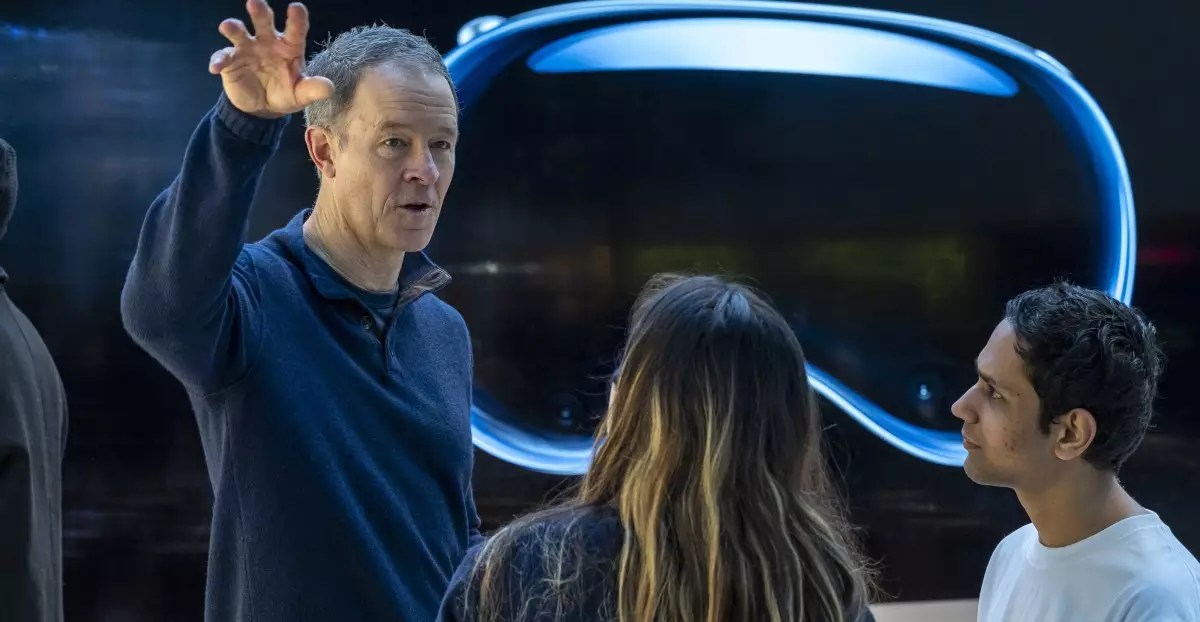Apple’s recent announcement of executive transitions signals a strategic shift aimed at maximizing innovation and operational agility. The retirement of COO Jeff Williams, a cornerstone of Apple’s recent success, marks the end of an era that has shaped the company’s hardware and health initiatives profoundly. Transitioning the design team directly to CEO Tim Cook demonstrates Apple’s intent to streamline its leadership structure, emphasizing design and user experience as central to its future endeavors. This move not only consolidates power but also suggests a renewed focus on design-driven innovation amidst intensifying competition and rapid technological change.
The appointment of Sabih Khan as COO further underscores Apple’s commitment to stability amid change. With over three decades at Apple and a proven track record managing the global supply chain, Khan’s ascendancy is a calculated move. His experience overseeing the production of over 200 million iPhones annually positions him as a reliable leader capable of handling the complexities of Apple’s manufacturing juggernaut, especially in the face of current geopolitical tensions involving trade disputes with China and the U.S. This strategic placement signals that Apple remains deeply committed to operational excellence, even as it pushes forward with ambitious innovation plans like AI-powered health features and next-generation devices.
What Does This Mean for Apple’s Innovation Trajectory?
Williams’ departure after nearly three decades of service and his key role in shaping core products signals a potential shift in Apple’s innovation focus. His leadership in the development of the iPod, iPhone, Apple Watch, and health initiatives—coupled with his involvement in upcoming AI-integrated health tools—highlight his impact on Apple’s ecosystem. While his ongoing involvement in health and design until retirement indicates continuity, the real transformative work will now stem from the remaining leadership and new reporting structures.
The redesign of the operational hierarchy—placing the design team under Cook—may accelerate product development cycles and deepen the emphasis on aesthetic and user-centric innovation. This is vital as Apple faces fierce competitors in every sector, from smartphones to wearables. Moreover, Apple’s renewed focus on health technology, especially the rumored AI-powered health coach, hints at a future where Apple integrates wellness more deeply into its ecosystem, transcending traditional device boundaries.
Reflections on Leadership and Company Culture
Stepping back, these leadership changes are as much about shaping company culture as they are about strategy. Williams, long regarded as a potential successor and dubbed “Tim Cook’s Tim Cook,” embodies a leadership style that emphasizes operational rigor and strategic foresight. His planned retirement allows Cook to reinforce his vision, increasingly emphasizing design, user experience, and health innovation. Meanwhile, Khan’s rise represents a focus on execution and supply chain mastery—elements crucial for sustaining Apple’s market dominance.
In an era where technological innovation often hinges on agility and strategic foresight, Apple’s leadership shakeup could be a catalyst for not just maintaining but elevating its status as a tech pioneer. The challenge will be balancing continuity with bold new initiatives, ensuring that new leaders foster a culture of innovation that keeps Apple at the forefront of consumer tech for years to come.


Leave a Reply